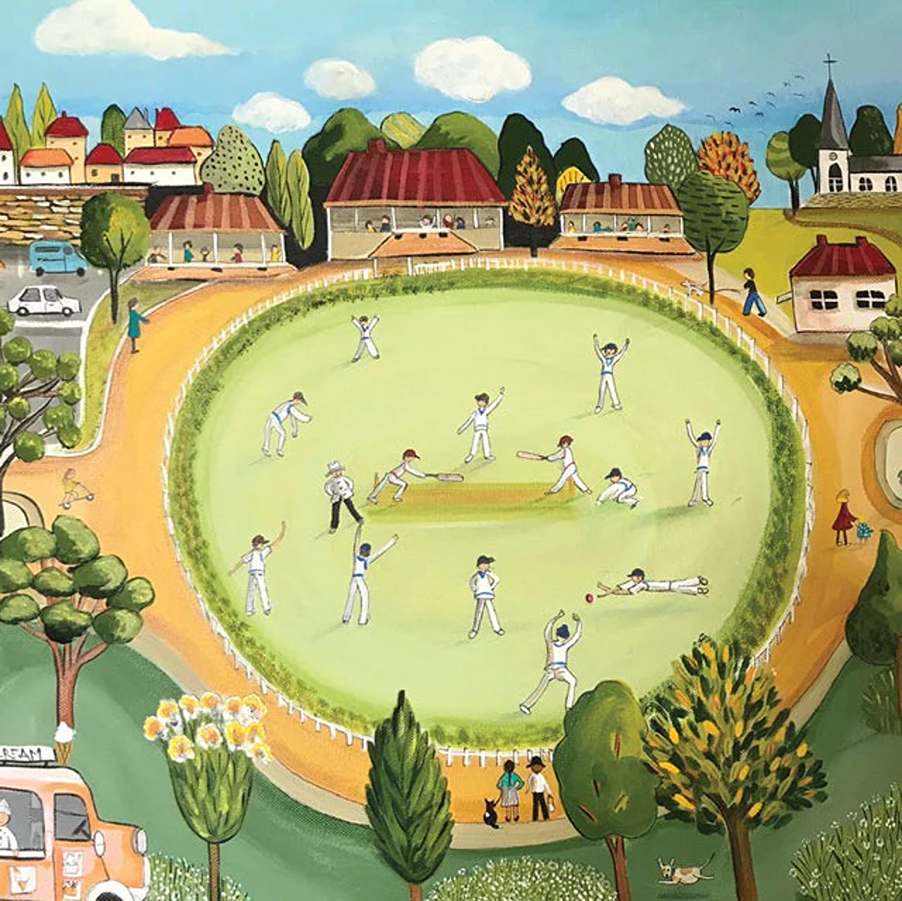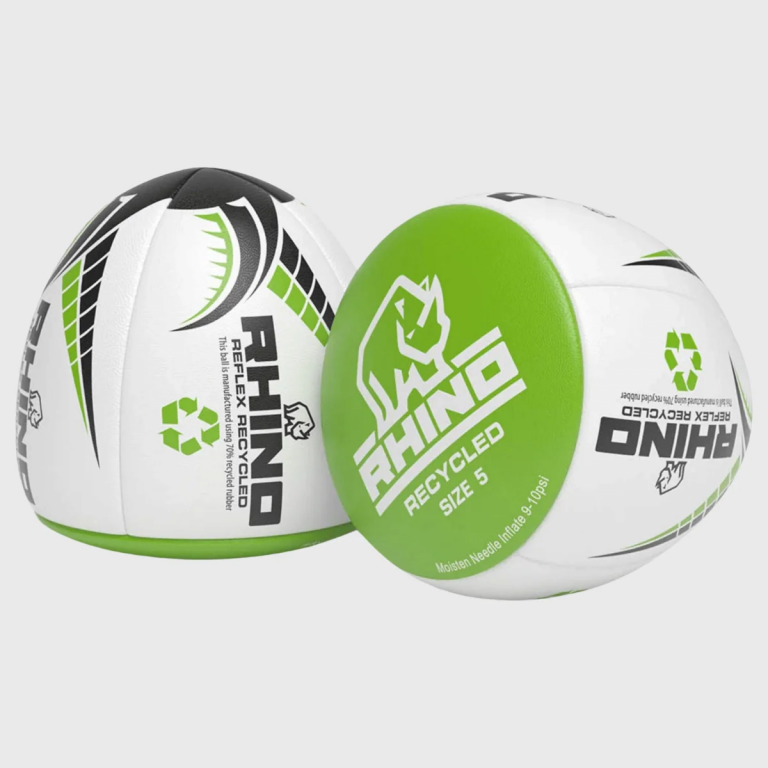
Cricket is more than wickets, runs and cheers – it’s about vast fields, bright lights and tonnes of gear. That all comes at an environmental cost. Think of the millions of cricket fans worldwide and the resources it takes to keep pitches green, bats swinging and stadiums bustling. It adds up quickly
. That’s why you’ve probably heard chatter about greener cricket. What does it look like when the sport takes the planet as seriously as the scoreboard? Let’s see how cricket is changing to protect the environment for the next innings.
Sustainable Innovations in Cricket
Innovation is changing how cricket meets the needs of both players and the planet. Forward-thinking clubs and manufacturers are rolling out solutions for greener pitches, smarter equipment and cleaner stadiums. These ideas show that high-quality cricket doesn’t have to come with a high carbon footprint.
Bamboo Cricket Bats: A Greener Alternative
Cambridge Enterprise has done the research, and concluded that bamboo cricket bats are more sustainable alternative than willow, as the world’s fastest growing grass is more sustainable, than chopping trees down, to play this popular sport. They are also stronger, and even deliver more energy to the ball.
Although not a local crop, bamboo is more sustainable to make cricket bats. This is because England has a shortage of quality willow, which takes up to 15 years to mature enough, to be made into wood. And around a third is wasted, during production as it’s not good enough quality for cricket bats.
Bamboo grows twice as fast (industrial bamboo is not the same as fresh shoots eaten by pandas). And the cell structure is more regular, so less raw material is wasted.
Vegan Cricket Balls and Ethical Equipment
Traditional cricket balls are made from leather, a byproduct of cattle farming, which comes with its own environmental and animal welfare issues. The push for vegan cricket balls offers cruelty-free play without sacrificing quality. Made of synthetic materials or plant-based fibres, these balls last longer in humid or damp conditions and skip the harsh chemicals used in leather tanning.
On top of cricket balls, gear makers are offering pads, gloves and shoes made from recycled or sustainable materials. There’s even talk of fully compostable grip tape and bat handles. The sports world is watching cricket set a new standard for ethical equipment.
Organic Cricket Lawns and Eco-friendly Maintenance
Think of a cricket pitch and you imagine vibrant green grass, but keeping it that way can mean tons of fertiliser, pesticides and daily watering – not the most planet-friendly routine. Now, more grounds are switching to organic lawn care: compost-based fertilisers and drought-tolerant grass mixes.
Many groundskeepers have reduced watering through smart irrigation systems that sense soil dryness and only water when needed. Some have ditched heavy lawnmowers for electric versions, slashing noise and emissions.
Grazers (Yorkshire) uses a nontoxic formula to deter unwelcome visitors munching cricket lawns. Don’t use near pet rabbits, as it makes grass unpalatable.
Recycling and Repurposing Cricket Equipment
What happens to old bats, balls and pads? Too often, they end up in landfills. Creative clubs and companies are now turning tired old gear into something new. Broken bats become trophy bases or furniture. Worn balls find new life as dog toys or practice aids for schoolchildren.
Some companies collect shoes, pads and helmets to break down into raw materials for flooring or road surfacing. Cricket kit swap schemes are popping up at clubs, helping gear circulation and reducing waste.
Terracycle offers a used sports equipment box. For a one-off charge, communities can get together to send all unused and broken sports items out of town, to be recycled into other items. The box accepts all sports balls, rackets and equipment (not wood), plus swimsuits, goggles, water bottles, cycling accessories, yoga mats and disassembled fishing rods & nets.
How Clubs and Venues Lead by Example
Going green works best when the big names lead the way. From storied stadiums to small-town teams, many cricket organisations are proving the sport can be both thrilling and sustainable.
Lord’s Cricket Ground: Sustainability Initiatives
Lord’s isn’t just the ‘Home of Cricket’. It’s blazing trails with steps that other venues now copy. The stadium runs mostly on renewable energy, with solar panels topping stands and smart meters tracking usage.
It uses electric (over petrol) lawnmowers and has introduced ReCups to visitors (these can be washed and reused over 100 times, yet robust enough to withstand hot drinks).
Lord’s waste management is serious business too. Separate bins tackle recycling, composting and landfill. Last season, almost 90% of venue waste was recycled or composted. Sustainability isn’t a slogan at Lord’s – it’s a series of actions that make a real difference.
Earley Cricket Club: Grassroots Sustainability
Not every club has Lord’s budget, but small teams can have big impact. Earley Cricket Club near Reading proves this with eco-friendly choices. The club banned single-use plastics at matches and invested in reusable drinks bottles for all players. Pitch maintenance uses organic lawn feeds, and they encourage carpooling to reduce emissions.
It was also one of the first to use a synthetic cricket ball (covered in rubber). Good news for vegan cricket players like Virat Kohli. The same club has made their tea menu plant-based.
Players and fans work together, sorting rubbish into handy bins for recycling or composting. These small steps show grassroots cricket is fertile ground for green thinking.
Edgbaston Cricket Stadium
This cricket stadium also runs on renewable energy, and runs a free shuttle bus for ticket holders from Birmingham New Street Station. It also has made food packaging compostable (from seaweed).
Promoting Renewable Energy and Reducing Waste
Large and small venues are switching old systems for energy-saving solutions. Stadiums now sport solar panels on rooftops and canopies, slashing electricity bills while shrinking their carbon footprint. High-efficiency LED floodlights use half the energy of traditional bulbs but shine even brighter.
Smart waste systems help too. Some venues have invested in bins that sort and compact rubbish, making recycling easier and sending less to landfill. Composting food scraps is a must at canteens and clubhouses, and leftover meals often head to local food banks instead of the bin.
Conclusion
Cricket is at a crossroads: keep up old habits or embrace ideas that matter to the planet. Greener cricket isn’t a trend—it’s becoming a new way to play. From bamboo bats and vegan balls to clean energy and waste-smart stadiums, the sport is changing for good.
Clubs, players and fans all have a role. Even simple changes, like refilling your water bottle or giving unwanted kit a new home, add up. Together, everyone in cricket can protect the grounds we love and keep runs, wickets and cheers coming for years to come. Nature will thank us all for playing clean.




